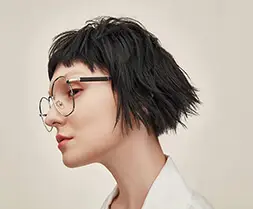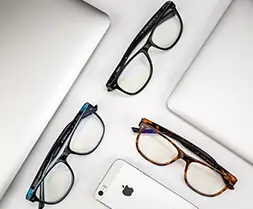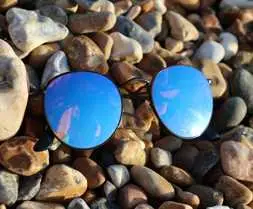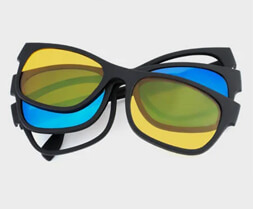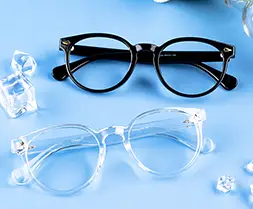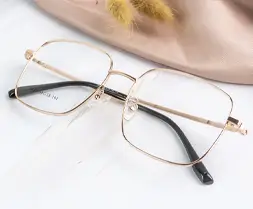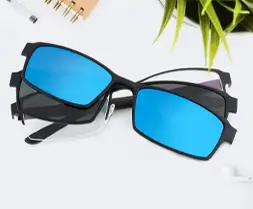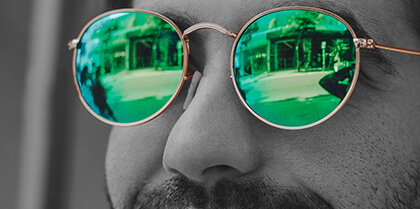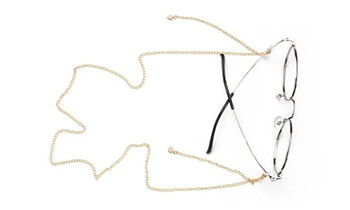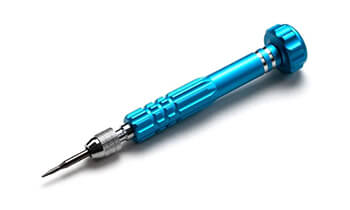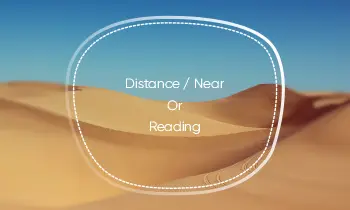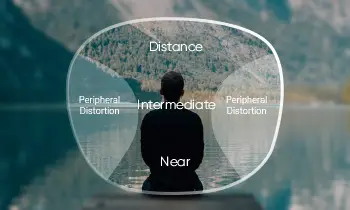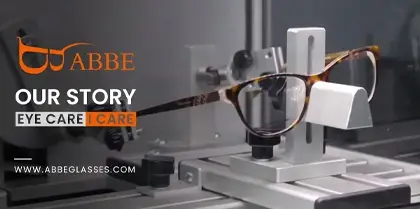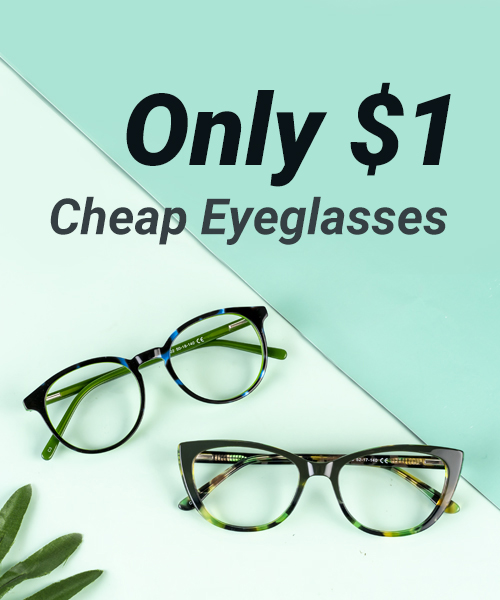You have worn myopic glasses for so many years; this three general knowledge you must understand!
Q1: I am nearsighted in only one eye. Do I need to wear prescription glasses?
A1: Prescription Glasses are required for this condition.
If one eye is nearsighted and one eye normal, if you do not wear prescription glasses, you usually use that good eye to assist the eye with poor vision in seeing things. However, your eye with normal vision will also have vision loss over time.
As for whether your eyes will deepen in this case depends on your usual eye habits and whether you have the means to control your vision. (For example, wearing prescription glasses)
But if you don't like to wear frame glasses or contact lenses, you can choose to wear keratoplasty lenses at night but not during the day. And you can also go to a particular vision correction center to do some visual training to control further growth and relieve eye fatigue.
Q2: What should I do if there is a significant difference between the prescriptions of my two eyes?
A2: If the difference in prescription between your two eyes is several hundred degrees, then your refractive error is already huge, and your stereo vision is poor, so you may not be able to perform specific tasks that require precise positioning.
You can currently wear prescription frame glasses, which can serve as an aid.
This is because in the case of long-term frame glasses wear, it may cause you to have different imaging sizes in both eyes, which in turn may affect the inability of both eyes to blend. And this can jeopardize the visual function of both eyes and may further increase your prescription.
In terms of corrective measures, both soft lens corneal contact lenses and RGP (rigid contact lenses) are available, and these measures may be more suitable for you. At the same time, frame glasses can be worn as an auxiliary means of correction at other times.
Finally, please avoid looking at the nearby place for a long time. You need to look at the distance for ten minutes after looking at the near for an hour and keep good eye habits in mind.
Q3: Must I always wear prescription glasses for a strong nearsighted prescription (600 degrees or more)?
A3: In the case of high myopia prescription degree, it is recommended that it is better to wear prescription glasses no matter how far or close you look.
If your current eye prescription is accurate, it is best to stop wearing your previous low-prescription glasses.
In addition, laser surgery is only recommended if your eye prescription is stable. However, if your prescription is over 800 degrees, you may still need to wear prescription glasses even if you have had laser surgery.
It is advisable not to look electronic screens for more than half an hour at a time, and it is best to take a break every time you use your eyes for half an hour, so you can close your eyes or look away to relax.
For the current situation of high prescription, I hope you can relax your mind and do not overly obsess. Pay special attention to the combination of work and rest, and go to professional institutions (such as eye hospitals) to review your eyes. A comprehensive eye examination can identify some hidden problems in your eyes, be sure to go to the examination on time.
Tips
- There is no doubt that nearsightedness should wear prescription glasses with the correct prescription correction than not wearing them.
- Not wearing prescription glasses or wearing glasses with an incorrect prescription can result in a situation your prescription growth continues to increase.
- In principle, eyes with astigmatism (100 degrees or more) should wear prescription glasses regularly.


